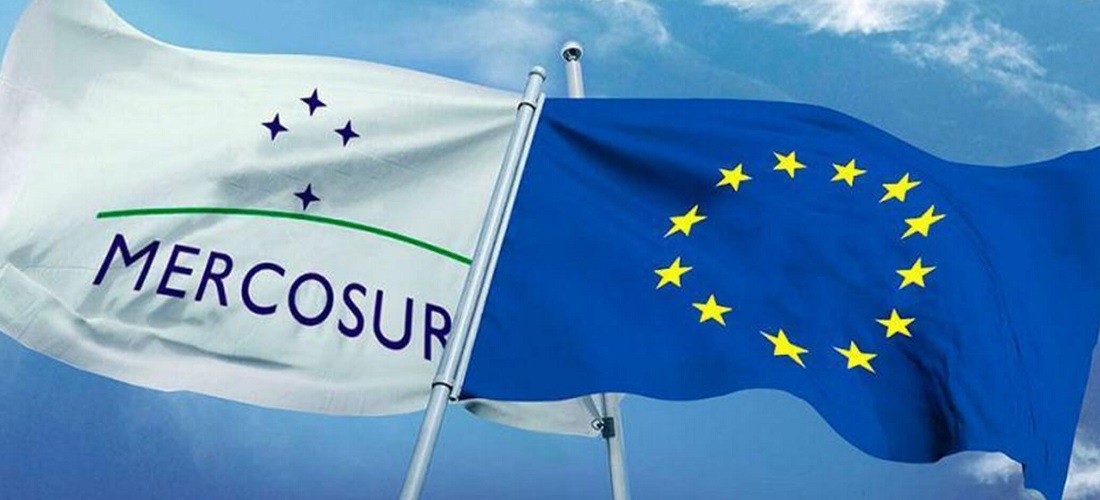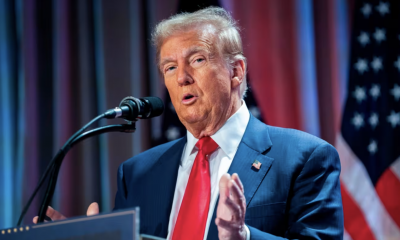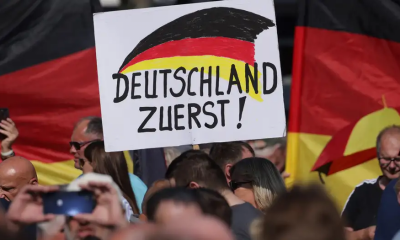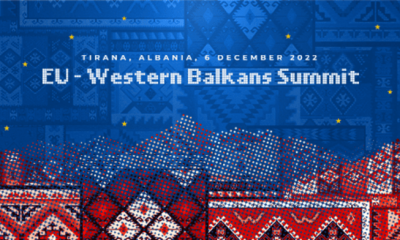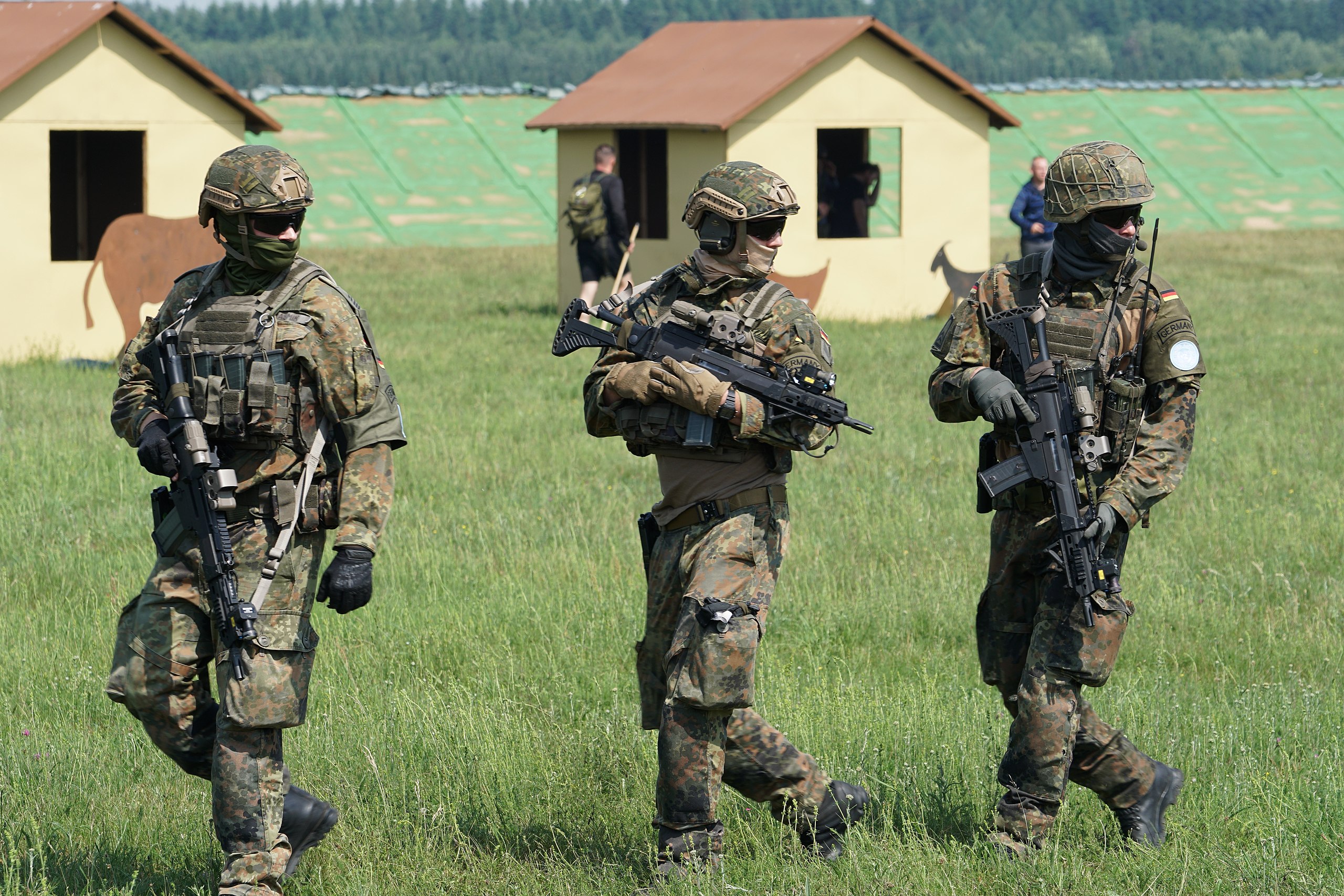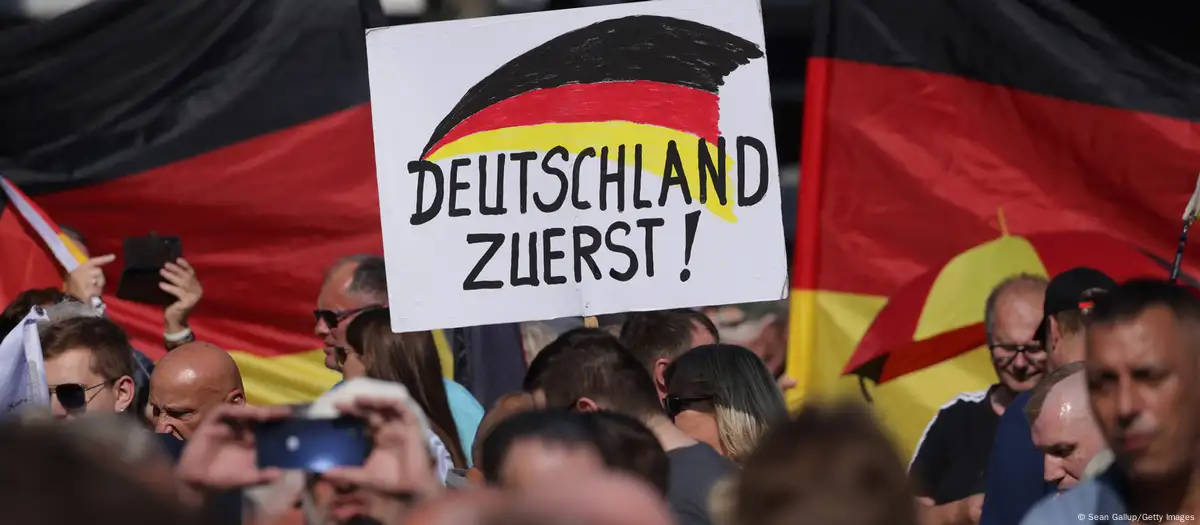Ahmetcan Uzlaşık, Brussels
The European Council gathered in Brussels on December 19, 2024, bringing together EU leaders to address a packed agenda of critical issues. The meeting focused on pressing topics, including the war in Ukraine, tensions in the Middle East, and the EU’s evolving role on the global stage.
Discussions also centered on enhancing resilience, improving crisis prevention and response mechanisms, managing migration, and other key matters shaping the Union’s priorities. As usual, the European Council set the path for EU’s global engagement and priorities in the current geopolitical context. Policy analyst Fatin Reşat Durukan shared his perspectives on the European Union’s trajectory for 2025 in an interview with Harici.
Anti-Michel Camp is set
The new European Council President, Antonio Costa ran his first European Council meeting.
Former European Council President Charles Michel had been heavily criticized for his way of organizing the European Council meetings. The new European Council President, Antonio Costa, the former Portuguese Prime Minister, so far casted a spell on the leaders with his way of work. Charles Michel was also known for his rivalry with Commission President Ursula von der Leyen during his tenure.
European Parliament President Roberta Metsola praised European Council President António Costa for his efforts to start meetings on time and streamline summit discussions, allowing leaders to focus on political priorities rather than lengthy text negotiations, a shift she called “quite rare.”
Former European Council President Charles Michel declined an invitation to join a group photo commemorating the Council’s 50th anniversary, according to POLITICO.
The Presidency of the European Council means a lot inside the Brussels Beat, as it sets the strategic direction and has a pivotal role in decision-making in macro matters. The summit was also concerned in that sense as experts indicated that the current political landscape in Europe needs leadership as Germany and France are in political and economic turmoil.
Ukraine Remains Central to EU Discussions
Ukraine remained a central focus of the discussions, as it has been in recent years. The European Council released a separate press release for the conclusions on Ukraine.
Ukrainian President, Volodomyr Zelenskyy had attended the first part of the European Council meeting, on an invitation from the new European Council President.
Speaking alongside European Council President Antonio Costa, Ukrainian President Volodymyr Zelensky stressed the importance of unity between Europe and the United States to achieve peace in Ukraine, noting that European support would be challenging without U.S. assistance and expressing readiness to engage with President-elect Donald Trump once he takes office. Costa, too, re-affirmed Europe’s commitment to supporting Ukraine, pledging to do “whatever it takes, for as long as necessary,” both during the war and in the peace that follows.
The Ukrainian President also stated that Ukraine needs 19 additional air defense systems to safeguard its energy infrastructure, including nuclear power plants, from Russian missile strikes.
Kaja Kallas, EU’s foreign policy face, emphasized that Russia is not invincible and urged Europe to recognize its own strength, warning that premature negotiations could result in a bad deal for Ukraine. She stressed the need for a strong stance, noting that the world is watching Europe’s response.
The EU leaders then continued their discussion on Ukraine without Zelensky.
“China would be only winner from a EU-US trade war” says Kallas
Upon her arrival, EU’s top diplomat Kaja Kallas warned that China would be the only beneficiary of a trade war between Europe and the United States, emphasizing that such conflicts have no true winners. Responding to U.S. President-elect Donald Trump’s tariff threats, she noted that American citizens would also bear the consequences, urging caution in trade relations.
“In 2025, we need to step up”
At the European Council meeting, European Parliament President Roberta Metsola urged EU leaders to “step up” in 2025 to solidify Europe’s position on the global stage.
Turning to the EU’s broader neighborhood, she warned of Russian interference in Moldova, Georgia, and the Western Balkans, advocating for accelerated enlargement efforts. Metsola celebrated the historic integration of Romania and Bulgaria into the Schengen Area and underscored the importance of European leadership in addressing crises in Belarus, the Middle East, and Syria. “Now is our moment to step up,” she declared, urging unity and decisive action for Europe.
Leadership void in the EU
Durukan highlighted the significant leadership challenges facing the EU in 2025, particularly stemming from political crises in Germany and France. “Political crises in France and Germany have created a leadership void, making it harder to tackle economic problems. In France, the government collapsed after a no-confidence vote, while in Germany, the coalition broke down, leading to early elections in February 2025. The economic outlook is not great either, with the OECD cutting growth forecasts for Germany and France.The return of Donald Trump as U.S. president adds more complications, with potential trade tensions and shifting global dynamics”, he explained. These disruptions have created a leadership void, complicating the EU’s ability to address broader economic and geopolitical issues.
He also pointed to financial instability, noting that the OECD has cut growth forecasts for Germany and France. “Draghi’s report suggests that the EU needs to invest €750-800 billion annually to stay competitive,” The challenges of implementing such a plan amidst political disagreements might be compelling for the Union.
Despite these obstacles, he acknowledged ongoing efforts to strengthen the EU’s strategic independence, including initiatives like the EU-Mercosur trade agreement and technological leadership. However, he cautioned that political divisions and the rise of far-right parties are eroding confidence in the EU’s unity and global standing. “The coming months will be crucial,” he noted, as the bloc navigates both internal and external pressures.
Ukraine aid sparks future division concerns
On the European Council’s reaffirmation of support for Ukraine, Durukan highlighted the €50 billion aid package for 2024–2027 and plans to allocate €18.1 billion in 2025 as evidence of the EU’s commitment. “The emphasis on ensuring Ukraine’s participation in decisions about its future is a clear message of solidarity,” Durukan said.
However, he pointed to obstacles posed by diverging interests among member states, particularly Hungary’s resistance, as potential stumbling blocks. “The prolonged conflict, economic pressures, and domestic political shifts could further deepen these divisions in the coming months,” Durukan told.
Climate action amidst constraints
The conclusions also stressed on the importance of increasing the number of natural disasters due to climate change and environmental degradation. France and Spain have faced significant challenges in recent months due to natural disasters. The EU has to balance the budgetary constraints and rising defence spendings with its climate goals in 2025.
“The EU is taking decisive steps to achieve its climate goals through legal frameworks such as the European Climate Law and the “Fit for 55” package. In addition, aiming to reduce greenhouse gas emissions by 55% by 2030, the EU will implement CBAM starting in 2026, which will introduce a carbon price on imports. This system, therefore, will prevent carbon leakage and promote global climate action,” Durukan explained.
In light of the increasing defence spendings, Durukan, “the EU integrates energy efficiency and renewable energy use in military facilities, thus aligning security with sustainability. Furthermore, the European Scientific Advisory Board on Climate Change will monitor progress and provide independent scientific advice, enhancing transparency”, said Harici.
Looking ahead, he emphasized the importance of the new Commission setting 2040 climate targets and sector-specific roadmaps. “Achieving these goals will require a focus on sustainable competitiveness and just transition reforms to ensure inclusivity and economic viability,” Durukan concluded.

 EUROPE1 week ago
EUROPE1 week ago
 OPINION2 weeks ago
OPINION2 weeks ago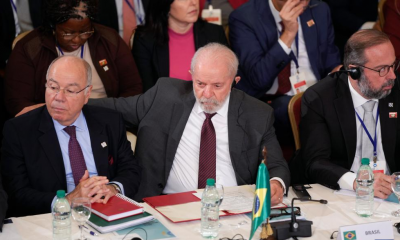
 OPINION1 week ago
OPINION1 week ago
 DIPLOMACY2 weeks ago
DIPLOMACY2 weeks ago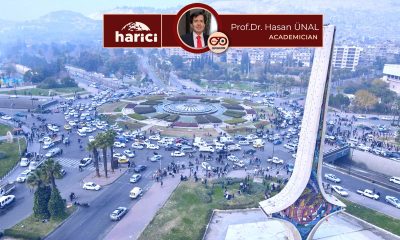
 OPINION2 weeks ago
OPINION2 weeks ago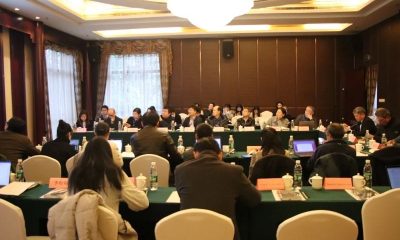
 ASIA1 week ago
ASIA1 week ago
 MIDDLE EAST1 week ago
MIDDLE EAST1 week ago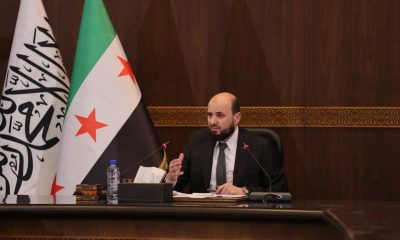
 MIDDLE EAST2 weeks ago
MIDDLE EAST2 weeks ago
